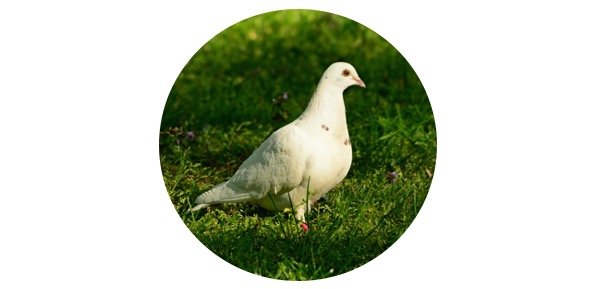Bird Flu in Pigeons: Symptoms & Prevention
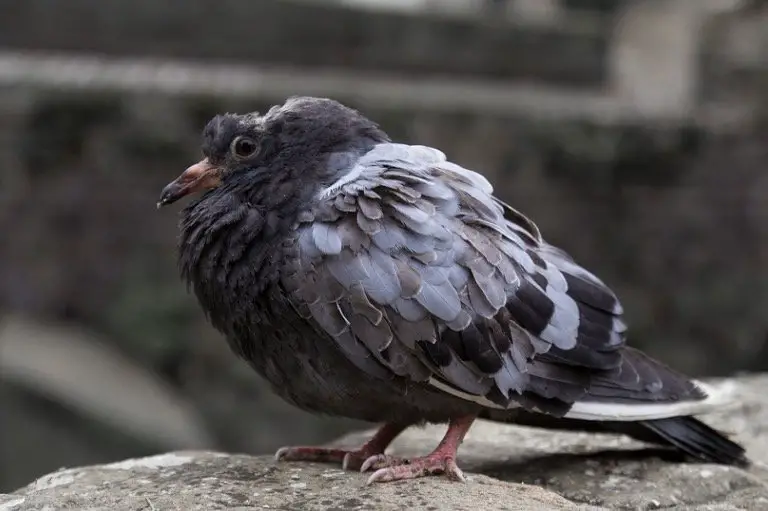
Bird flu is an infectious disease which is also called avian flu. This disease is common in other birds and pigeons also. In some cases, it can pass into humans also. So as a pigeon owner the basics of bird flu should be known. It is a disease of concern in the UK so if there is a suspicious bird it must be reported to the Animal and Plant Health Agency. In the USA, the reported cases are localized to each state so the local state agency is kept in contact.
Bird Flu History
Bird flu is a major threat to poultry stocks which is a significant food supplier. Hence a strong response is given by the government on this issue. In November 2021 Great Britain was declared the bird flu prevention zone and there was an outbreak in Scotland and Wales. As the disease can infect humans also there is a need to tighten up biosecurity measures.
The avian flu was first identified in Southern China in 1996 and raised concern worldwide. The causative virus was considered the most severe that can infect humans also. The first major virus was identified as A(H5N1) and was identified as highly pathogenic.
In 2016, there had been 440 deaths from 826 diagnosed cases of A(H5N1) bird flu in humans as stated by the World Health Organisation. The WHO timeline gives the history of (H5N1) avian flu since 1996. Since then, various strains caused many outbreaks, some confirmed to be to birds, other involving humans.
What is Bird Flu?
Bird flu is a type of influenza that can infect birds of all breeds and species. This flu is very severe and it can be fatal in some cases also. A large number of birds are susceptible to bird flu and birds are directly affected by the disease. Many species of wildfowl and water birds carry the virus without any symptoms and are easily transmittable to chickens, turkeys, and geese.
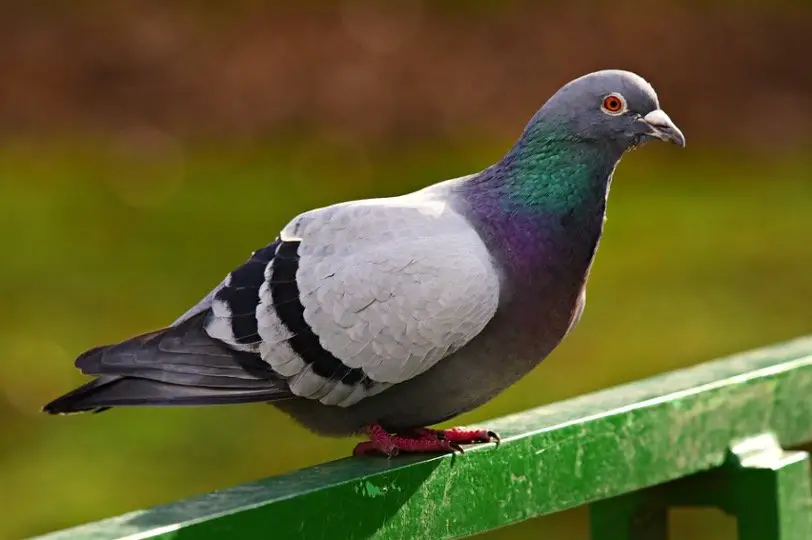
Bird Flu in Wild Birds
Avian influenza A viruses have been isolated from more than 100 different species of wild birds. Most of these viruses have been LPAI viruses. The majority of the wild birds from which these viruses have been recovered represent gulls, terns and shorebirds or waterfowl such as ducks, geese and swans. These wild birds are often viewed as reservoirs (hosts) for avian influenza A viruses.
Bird Flu in Humans
Although avian influenza A viruses usually do not infect people, rare cases of human infection with these viruses have been reported. Infected birds shed avian influenza virus in their saliva, mucous and feces.
Human infections with bird flu viruses can happen when enough virus gets into a person’s eyes, nose or mouth, or is inhaled. This can happen when virus is in the air (in droplets or possibly dust) and a person breathes it in, or when a person touches something that has virus on it then touches their mouth, eyes or nose.
What Are the Symptoms of Bird Flu?
There are several symptoms to indicate the presence of bird flu. The most significant of these symptoms are:
- Swollen heads
- Eyes become over watery or closed
- Increased lethargy
- Increased unresponsiveness
- A loss of balance and coordination
- Tremors in the body or head
- Dredging legs or drooping wings
- Twisting of the neck and head
- New blue coloring of the wattles and comb, often combined with swelling
- Loss of appetite
- Change in water consumption, it may increase or decrease
- Respiratory issues include mouth breathing, nasal snicking, gurgling, rattling, and sneezing
- Fever
- Loose watery droppings
- Extreme reduction in egg production
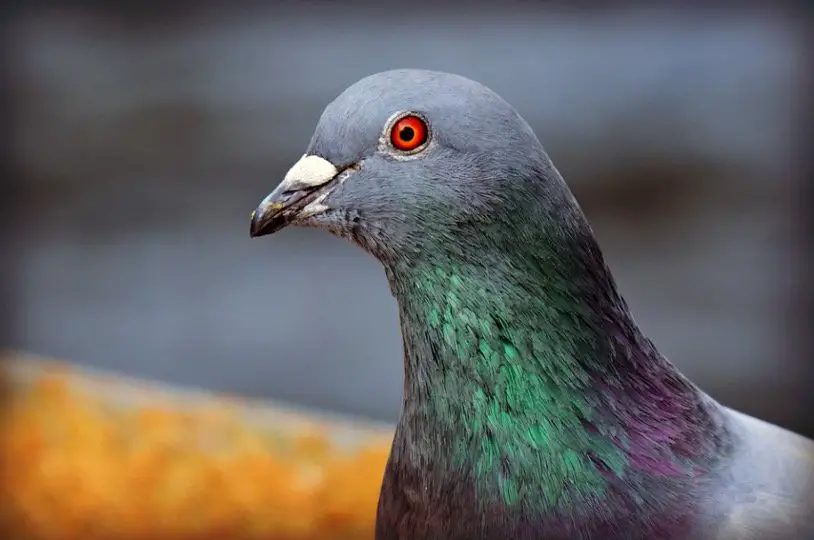
Transmission of Bird Flu Between Animals and People
Influenza A viruses have infected many different animals, including ducks, chickens, pigs, whales, horses, and seals. However, certain subtypes of influenza A virus are specific to certain species, except for birds, which are hosts to all known subtypes of influenza A viruses.
Currently circulating Influenza A subtypes in humans are H3N2 and H1N1 viruses. Examples of different influenza A virus subtypes that have infected animals to cause outbreaks include H1N1 and H3N2 virus infections of pigs, and H7N7 and H3N8 virus infections of horses.
What Are the Effects of Bird Flu?
The above-mentioned symptoms give an idea of the flu, factors like fever and problem in breathing make the Bird very uncomfortable and within a week the bird’s body becomes weak and its system fails to support and function properly and eventually, the bird dies. Some Birds do fight with influenza where the symptoms start to decrease but many of the birds are not so lucky.
How Can You Prevent Bird Flu?
Though it is difficult to prevent bird flu from occurring in the wild population, some of the things that bird owners can practice to reduce the risk of an outbreak include:
- Ponds, bogs, streams, or patches of standing water should be fenced, or it would be better to drain them.
- Netting off or covering undrainable ponds should be covered and nets may be fixed.
- Avoid the wild birds interacting with domesticated birds. For this predator decoys can be used.
- Clean and disinfect any concrete areas where the birds have access.
- Absorbent wood shavings should be laid in especially wet areas.
- Limit the number of outsiders that come in and out of bird sites.
- Disinfectant foot dips at the entrances and exits of bird enclosures should be installed.
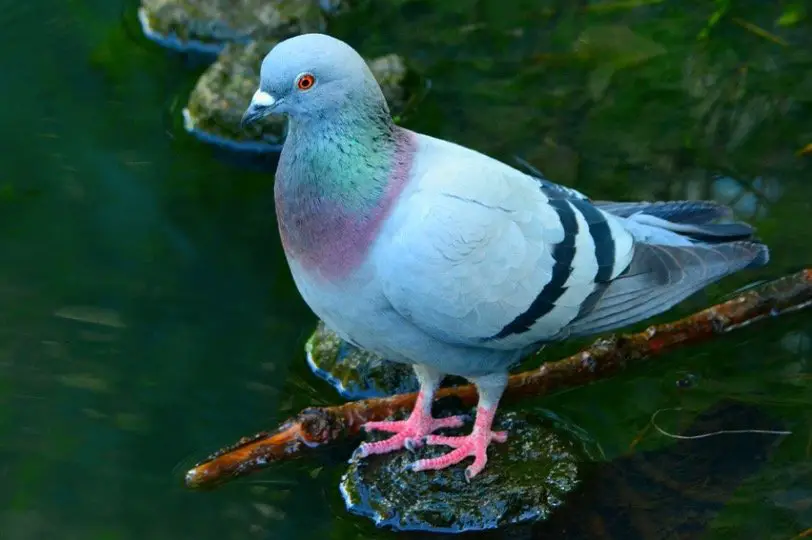
How Can You Treat Bird Flu?
Unfortunately, there is no readily available treatment for this disease. The vaccine is developed by scientists but at the time it is commercially viable in countries the new strain of virus is developed by mutation. However, the vaccine in the UK is not allowed except for zoo birds.
Sadly, the most common method to control bird flu outbreaks among a particular population is to cull them.
The majority of countries follow this culling policy whenever any proof of bird flu has been established. To avoid this mass death, bird owners should take prevention advice as seriously as possible.
The Relationship Between Pigeons and Bird Flu
In pigeons, the bird flu does not appear to be as much of fear compared to other birds. It is established that pigeons are less susceptible to the avian influenza virus. Hence there are very few chances of pigeons getting infected or being infectious. In general, these viruses are a threat to poultry birds.
Humans and Bird Flu
The major point of concern is that bird flu is not only a threat for pigeons or other birds but is for humans also.so, precaution must be taken to prevent its spreading in humans also. There are four strains of influenza as avian flu that can be transmitted to humans:
- H5N1 (since 1997)
- H7N9 (since 2013)
- H5N6 (since 2014)
- H5N8 (since 2016)
According to the World Health Organization, the H5N1 strain was first detected in humans in 1997. all of the above strains have proved fatal in 60% of human infections. Bird flu is spread to humans by contact with an infected bird.
Fortunately, it does not spread from human to human. It should also be noted that any vaccines provided by the NHS in the UK for seasonal flu do not offer any protection against bird flu.
Preventing Bird Flu in Humans
- Avoid touching sick birds (wear gloves and a mask to handle them)
- Avoid touching bird droppings (mask and gloves should be worn)
- Do not eat infected birds or their eggs
Symptoms of Bird Flu in Humans
- Very high temperature
- Feeling hot or shivery
- Aching muscles
- Headache
- A cough or shortness of breath
- Treatment of bird flu in humans
- An infection will need to be confirmed and this is through tests
